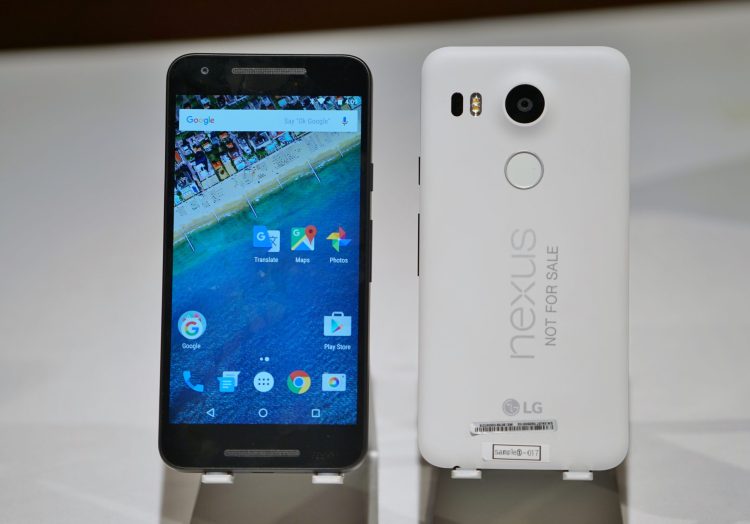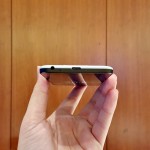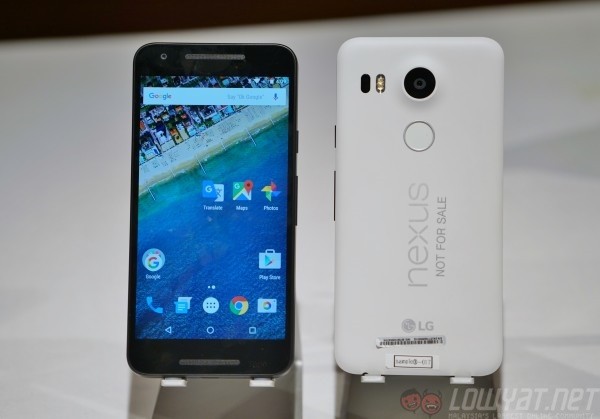
Besides the Nexus 6P, Google also approached LG to work on a slightly lower-end Nexus device (if it can be called that). The result was the Nexus 5X, the successor to the Nexus 5, arguably the most popular Nexus smartphones ever made.
Those who owned the Nexus 5 will feel right at home using the Nexus 5X. Besides the close similarities in model number, LG and Google may have consciously decided to retain the exterior aesthetics of the Nexus 5, including the soft rubber back and overall weight. It is very comfortable in the hands, and feels lighter than the larger Nexus 6P – those who prefer smaller devices will appreciate the smaller Nexus.
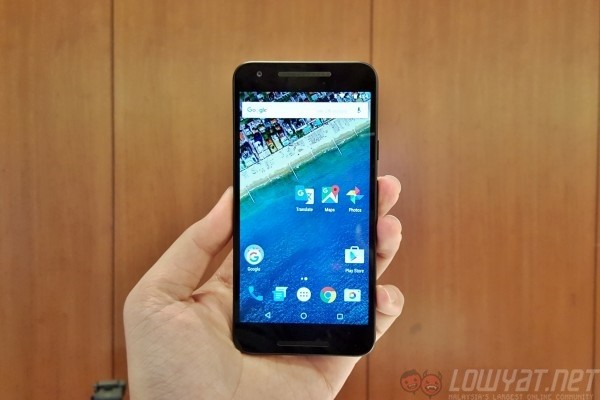
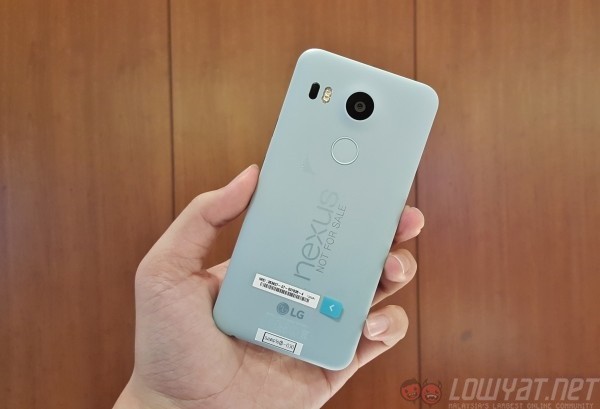
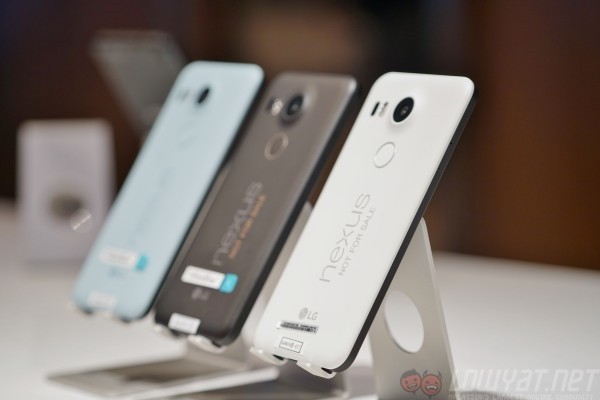
Round the back, the prominent Nexus logo shares the limelight with two other prominent features: the Nexus Imprint fingerprint sensor, and the camera hump. While the fingerprint sensor will likely be a feature that consumers will have no issues with, the protruding camera may be of concern. It is rather prominent, and the worry that it will be more prone to scratches will remain – even if the benefit to this is that LG can fit a larger sensor.
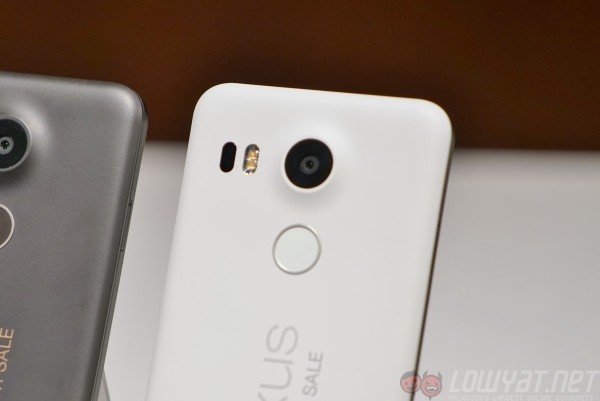
Speaking of which, the rear camera has indeed been upgraded to a larger 12.3MP sensor with 1.55-micron pixels, allowing it to capture more light. The rear camera does not have OIS, but does feature a laser AF system. Besides that, the Nexus 5X remains a powerful smartphone, sporting a hardware specs list comprising of a hexa-core Snapdragon 808 processor with 2GB of RAM, 5.2-inch Full HD display, 16 or 32GB of internal storage, 2,700mAh battery with Fast Charge, a 5MP front camera, USB Type-C, and of course, Android 6.0 Marshmallow running out of the box.
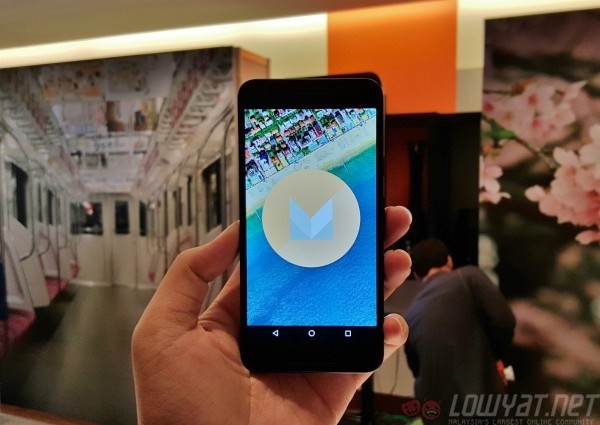
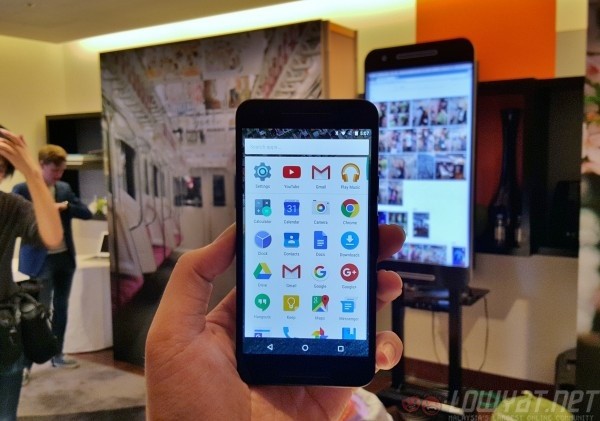
As can be expected, the Nexus 5X flies when in use; the software is pure Android, and the hardware is more than capable of handling virtually every task we had time to throw at it. The Smart Burst feature, which captures a series of images at 30fps and then create an animated GIF out of it, was also quick to process. However, the demo room was poorly lit and we were not allowed to take the device outside the room, leaving us unable to try out the camera. What was visibly impressive is in the speed of the quick launch feature, which is similar to Samsung’s Quick Launch camera, but with a double press of the Power button instead.
The other Android Marshmallow features were quick and breezy on the Nexus 5X, running just as well as with the Nexus 6P, which I saw at the same location.
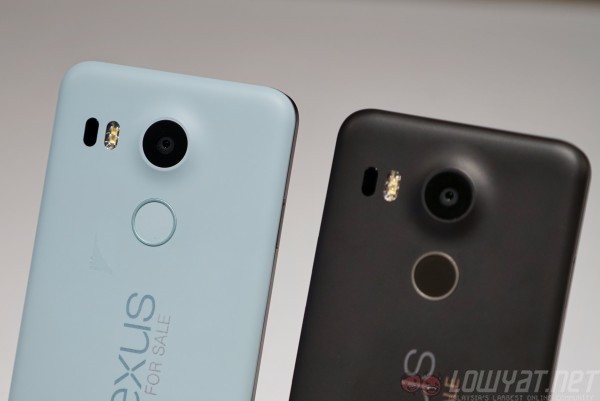
While the Nexus 6P is very likely to hit Malaysian shores this month, the chances of the 5X making its way here appear rather slim – for now at least. LG is notoriously slow in bringing its latest smartphones to Malaysia – the LG G4 arrived “only” three months after the global unveiling, for example, while the Nexus 5 never actually made it here officially. There will of course be the usual third party channels where the device is already available today at a rather large mark-up, so it remains to be seen if the Nexus 5X will retain its popularity here in Malaysia.

